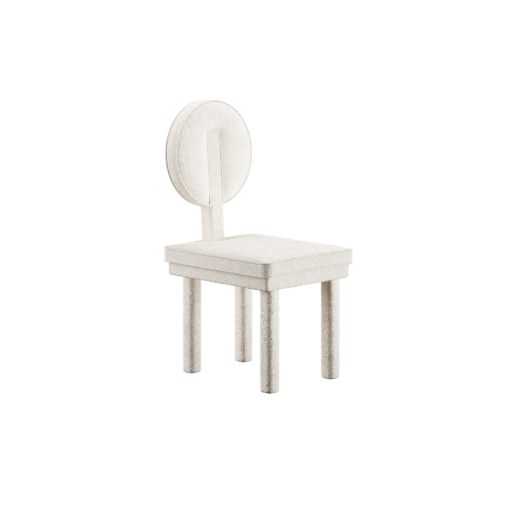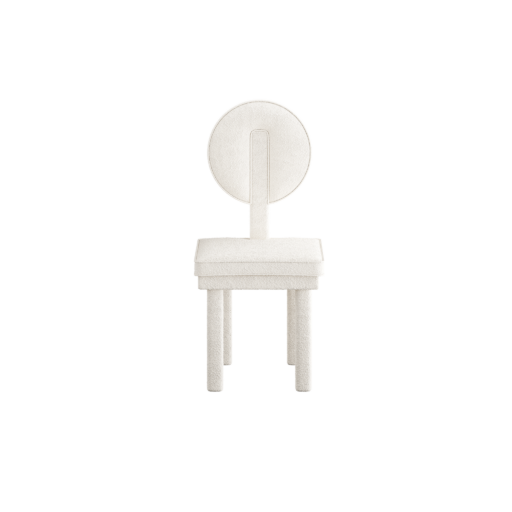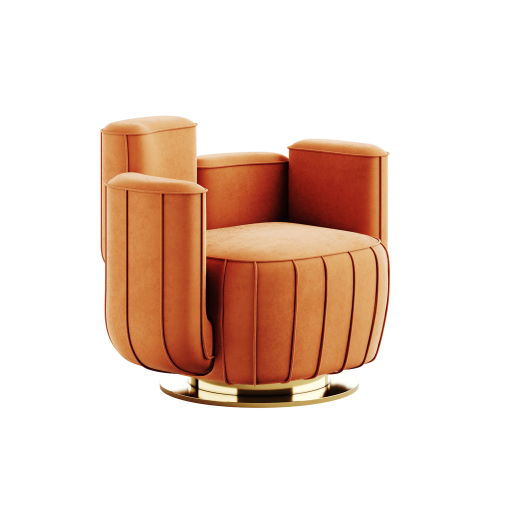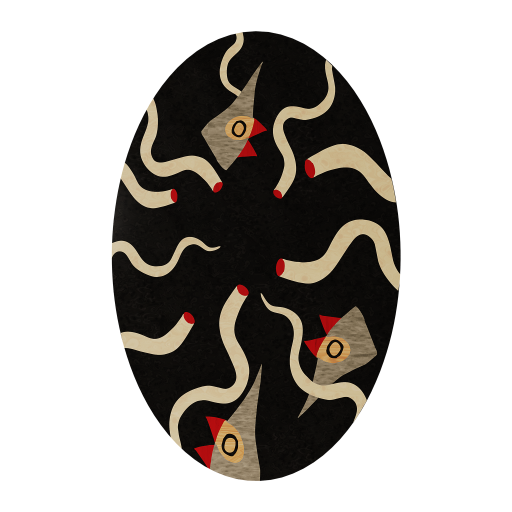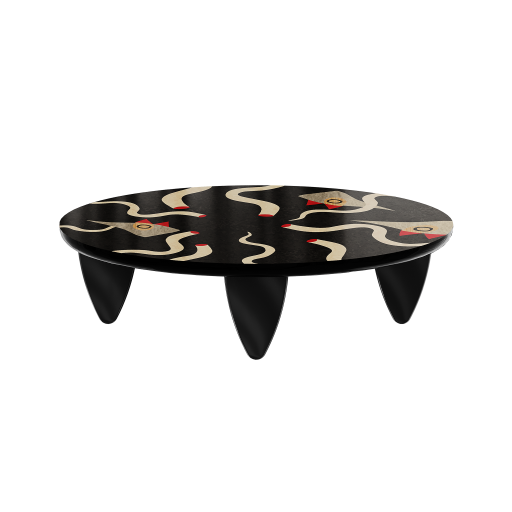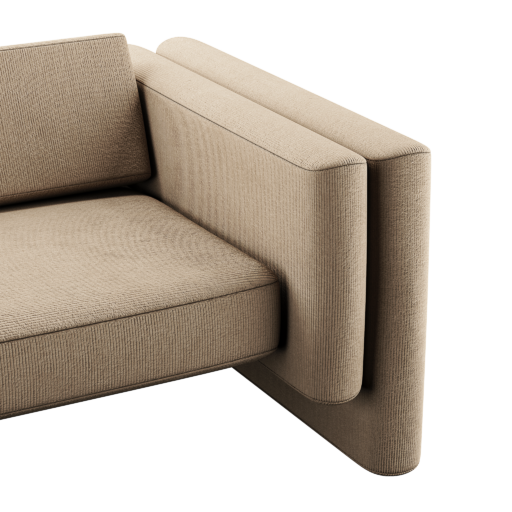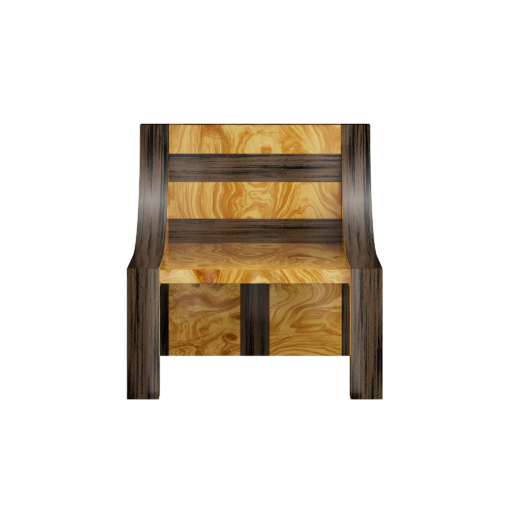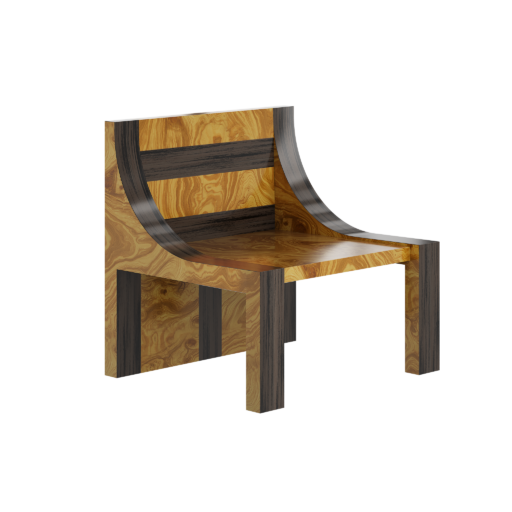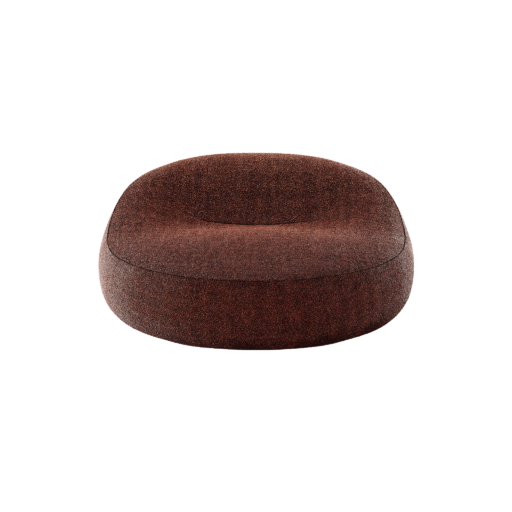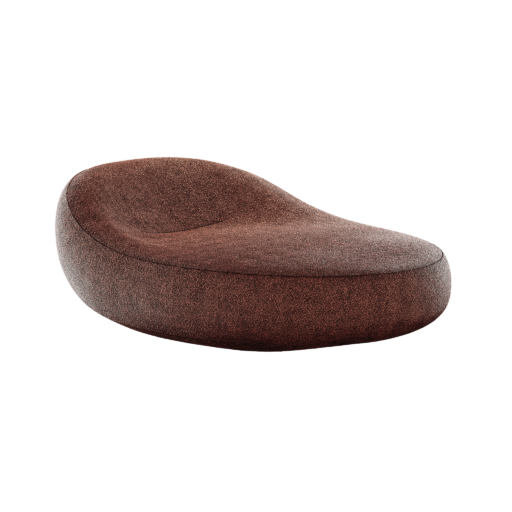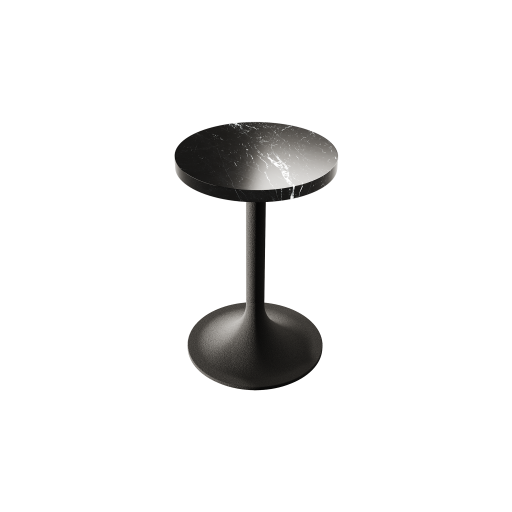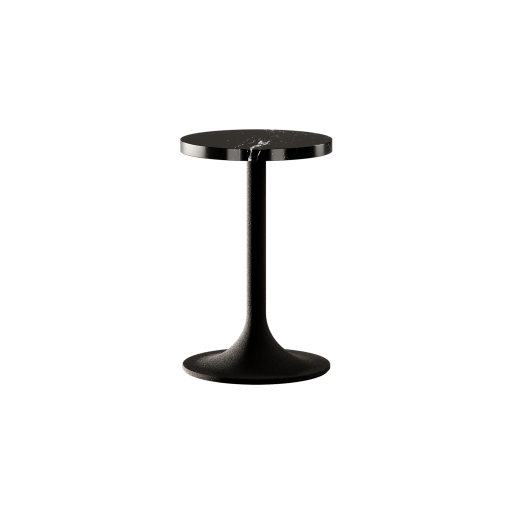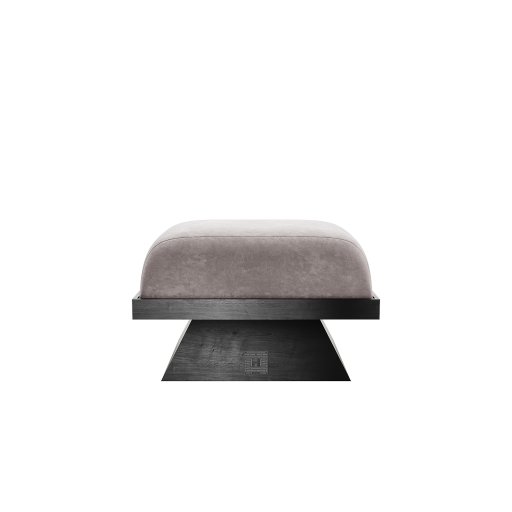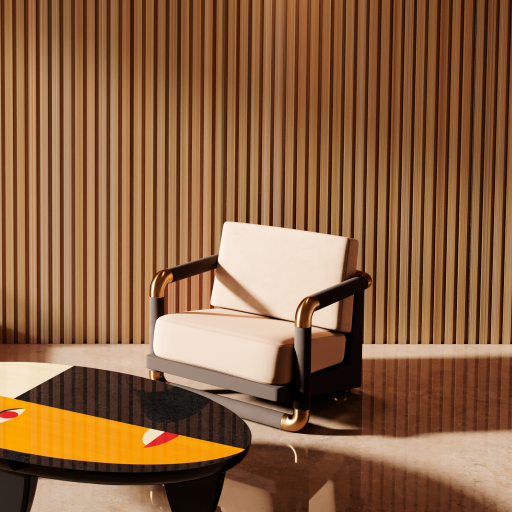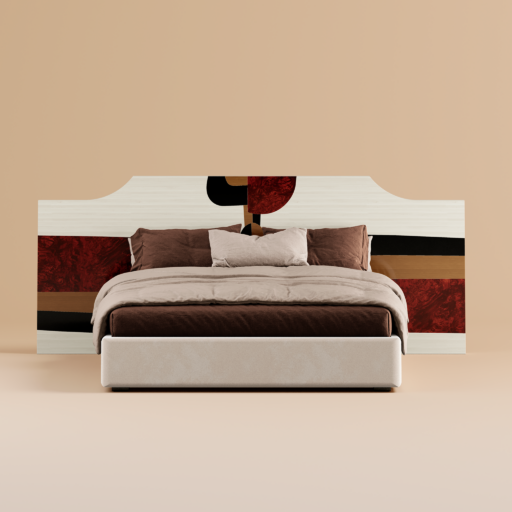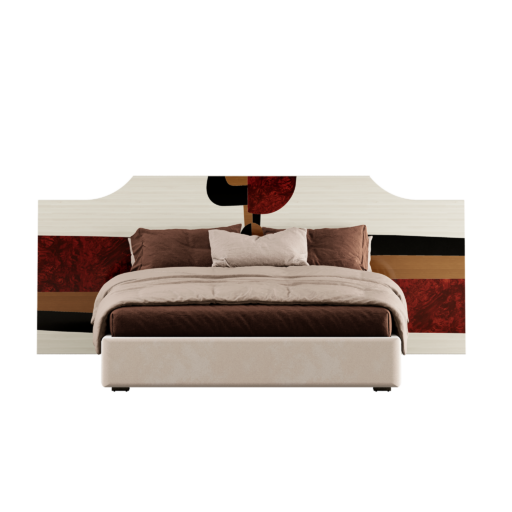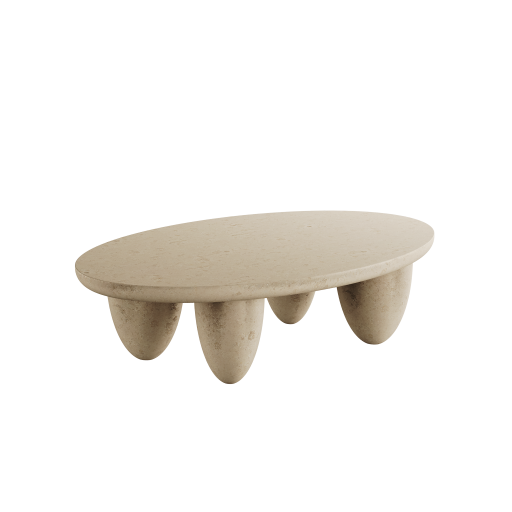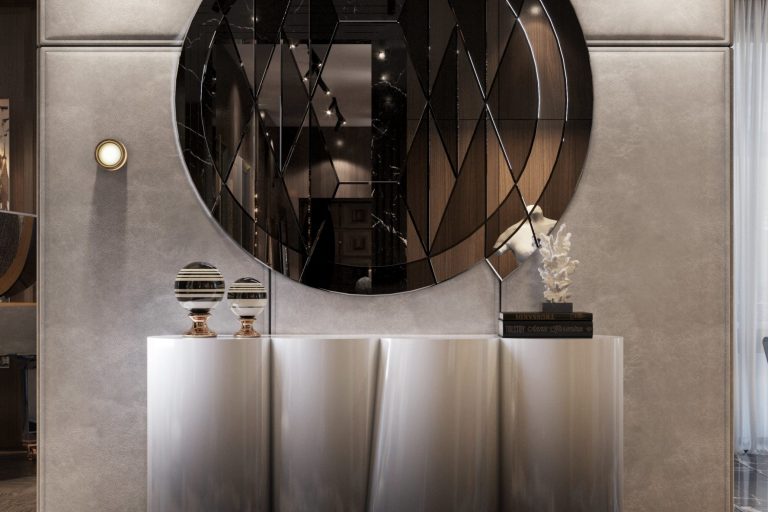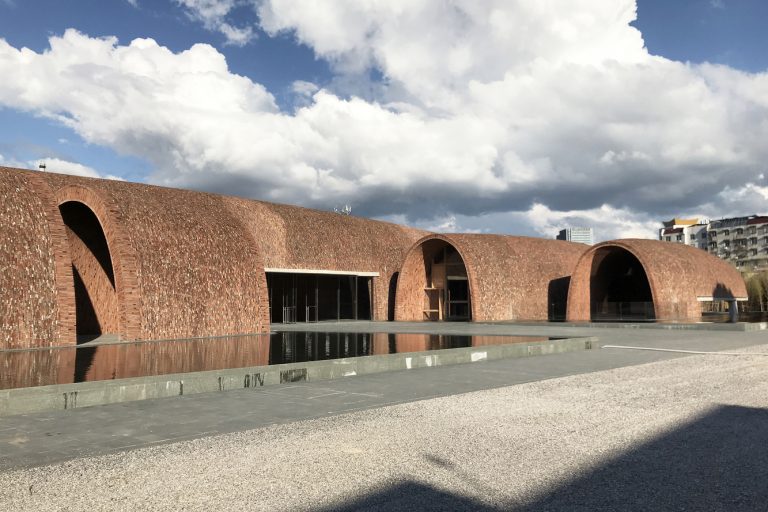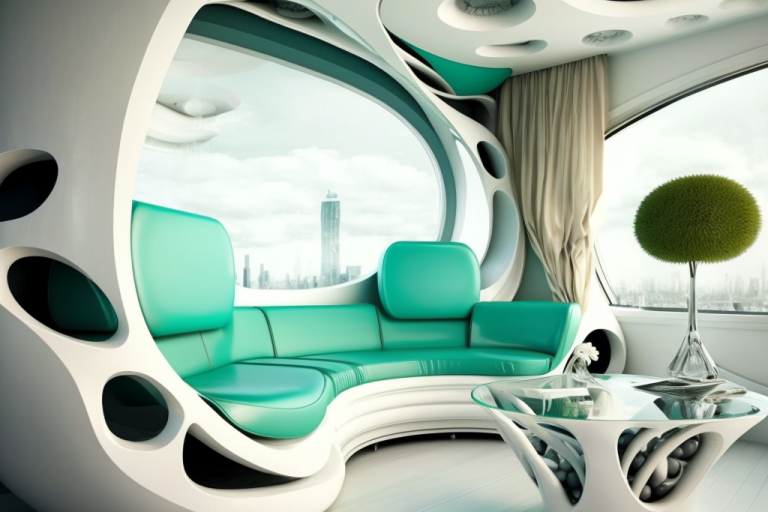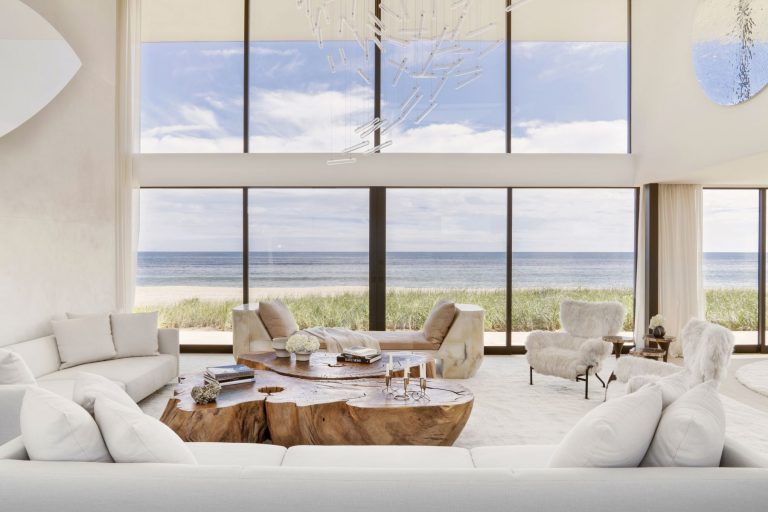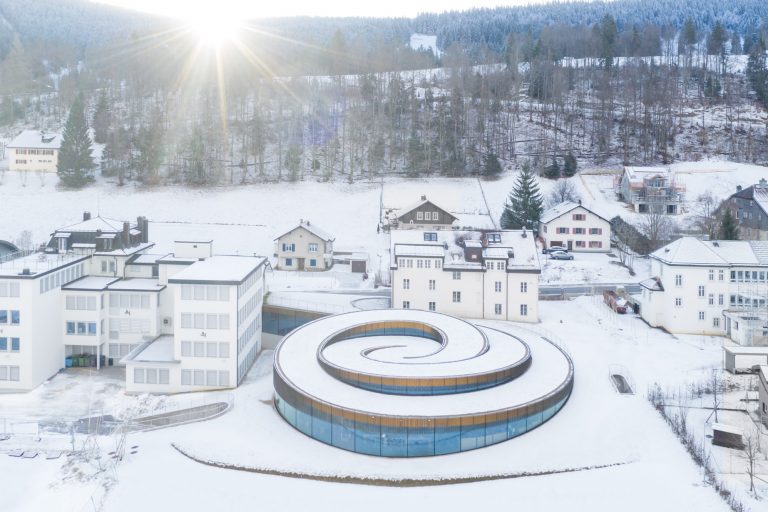American Design Project was born in Montecito, California, where elegance and sophistication are part of the ambiance.
For Tracy James Robbins and Brian Robbins, a life outside the bustling heart of Hollywood once seemed unthinkable. Tracy, a fashion entrepreneur behind the Tracy James Collection, and Brian, the president and CEO of Paramount Pictures and Nickelodeon, are firmly established in the entertainment epicenter. However, in 2021, the couple made a transformative decision to leave the fast-paced Hollywood lifestyle for the tranquil allure of Montecito, California.
A key highlight of this project is the Lunarys Center Table by HOMMÉS Studio, which pivotally fuses modern design with historical charm, adding a touch of sophistication to their new home. The Lunarys Center Table’s ability to harmonize with various design elements and its timeless appeal make it a perfect choice for those looking to add a touch of sophistication to their living spaces.
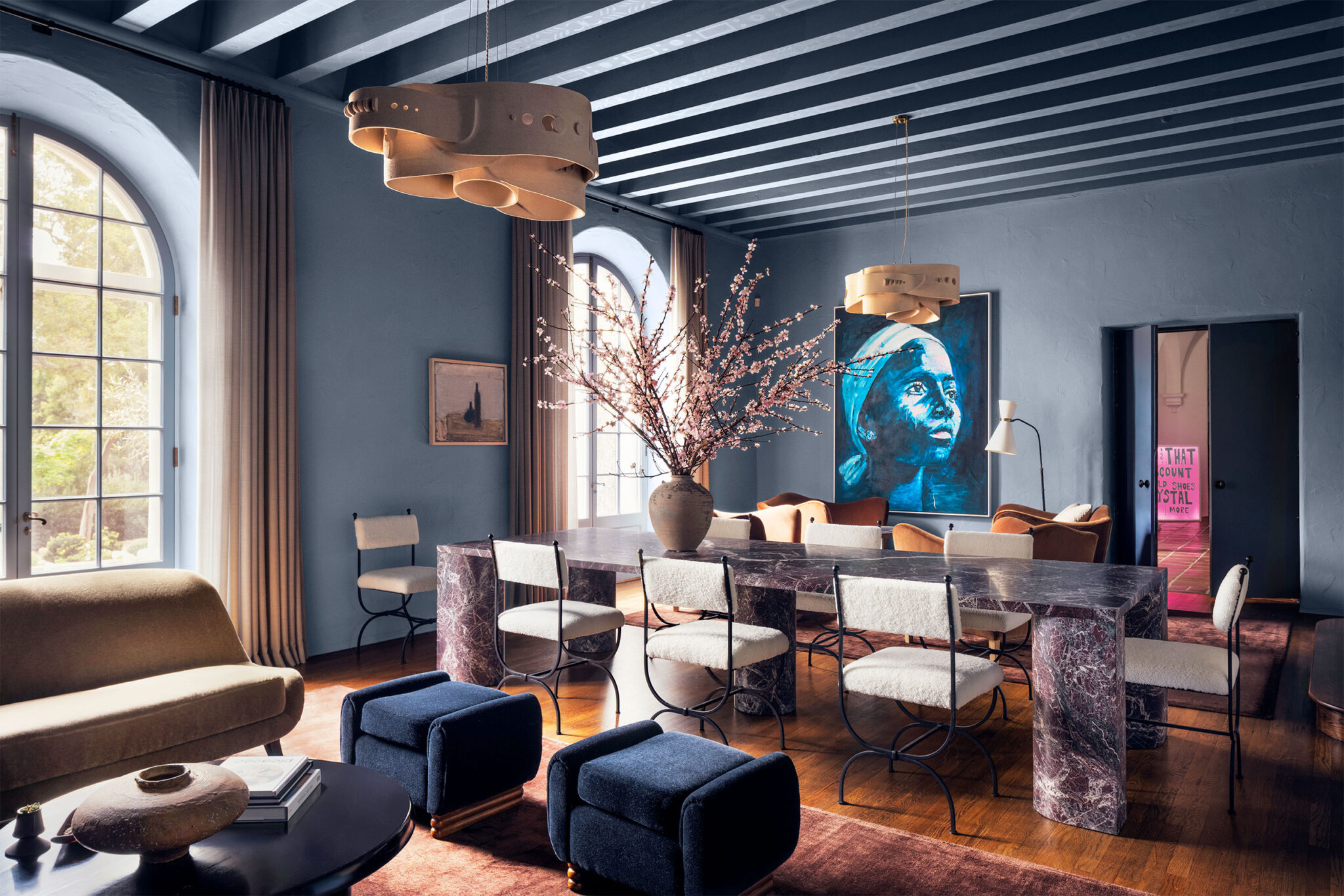
A Bold Move with Endless Possibilities
Relocating to Montecito came with its challenges. The Robbinses had to rebuild their social life from scratch, and Brian committed to a demanding daily commute to his Hollywood office. However, the move also allowed creative freedom and personal reinvention. The couple collaborated with renowned designers and close friends Nate Berkus and Jeremiah Brent, whose expertise transformed their historic home into a vibrant, eclectic masterpiece as part of an inspiring American Design Project.
The 8,600-square-foot property, characterized by its mellow tones and Spanish Colonial Revival architecture, offered a blank canvas for experimentation. Berkus and Brent, who had previously designed the Robbinses’ homes in Hancock Park and Beverly Hills, approached this American Design Project with renewed creativity. Together, they pushed the boundaries of design, crafting a home that reflected the family’s unique journey while honoring the property’s historic charm.
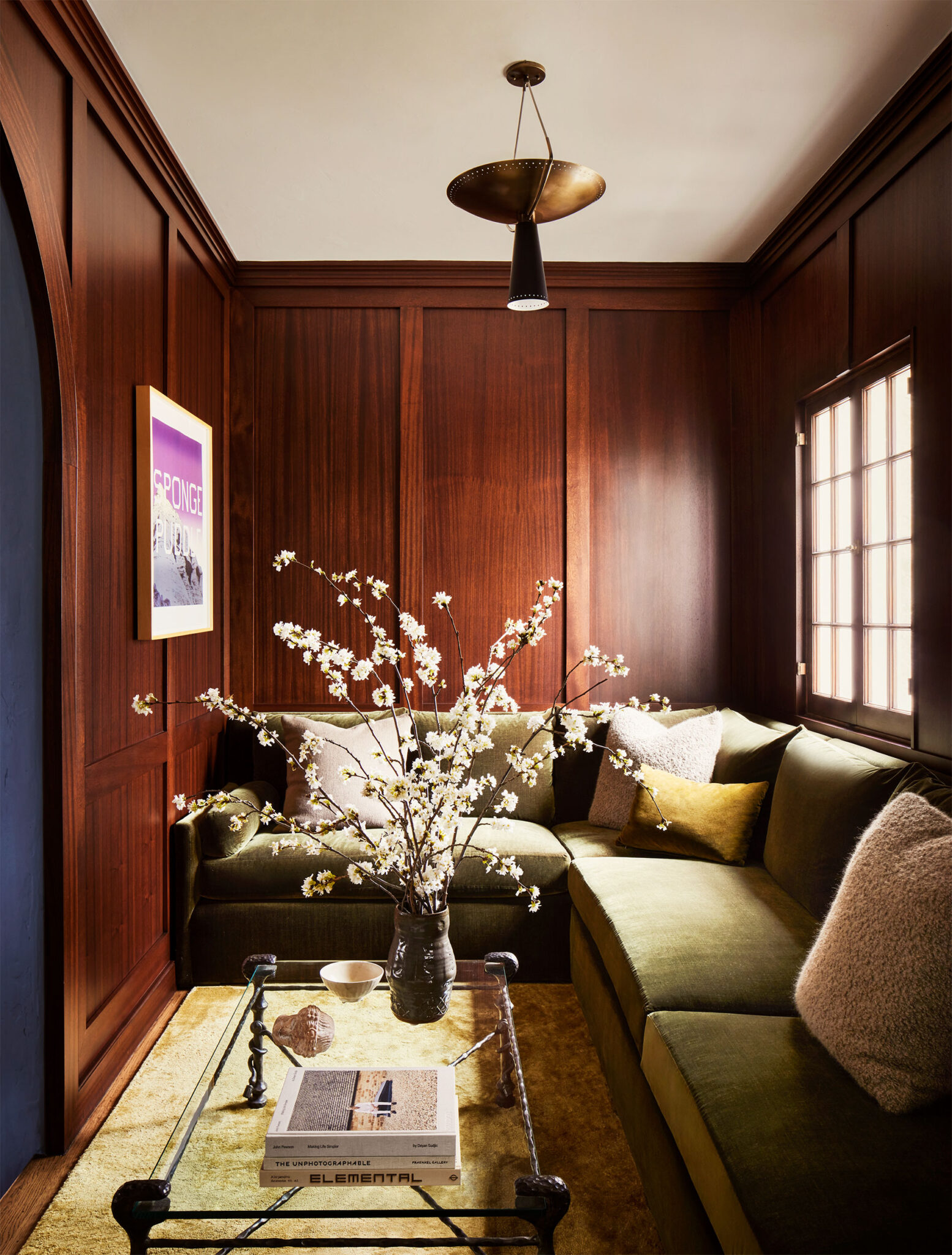
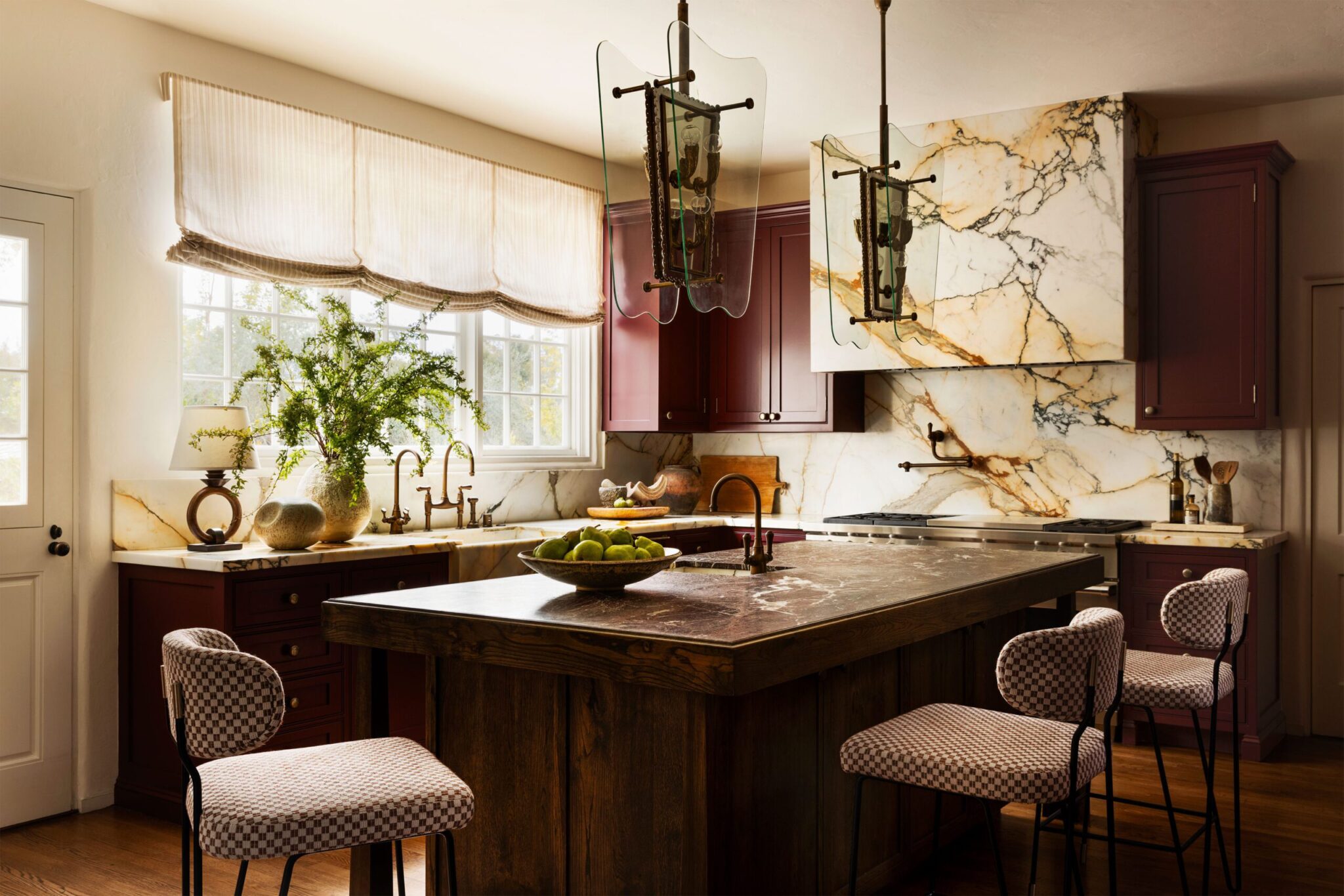


A Fusion of History and Modernity
The Robbinses’ home embraces its original features — dramatic arches, intricate Spanish tiles, and voluminous plaster fireplaces — while introducing bold, modern elements. A tranquil reading corner pays homage to one of Brian’s favorite spaces, the Greenwich Hotel library in New York, while Tracy’s walk-in closet reflects her passion for fashion as an art form. The central eating and entertaining area showcases the designers’ ingenuity. Originally a transitional space, it was reimagined with a custom-built marble table and cozy seating nooks encouraging intimate gatherings. This transformation turned an overlooked area into the home’s social hub, where friends and family naturally gravitate.
Luxurious zebralike marble created a spa-like retreat in the primary bathroom, while much of the home’s original character remains intact. The eclectic furniture collection includes pieces sourced during the couple’s European vacations with Berkus and Brent, further enhancing the home’s layered and worldly aesthetic.
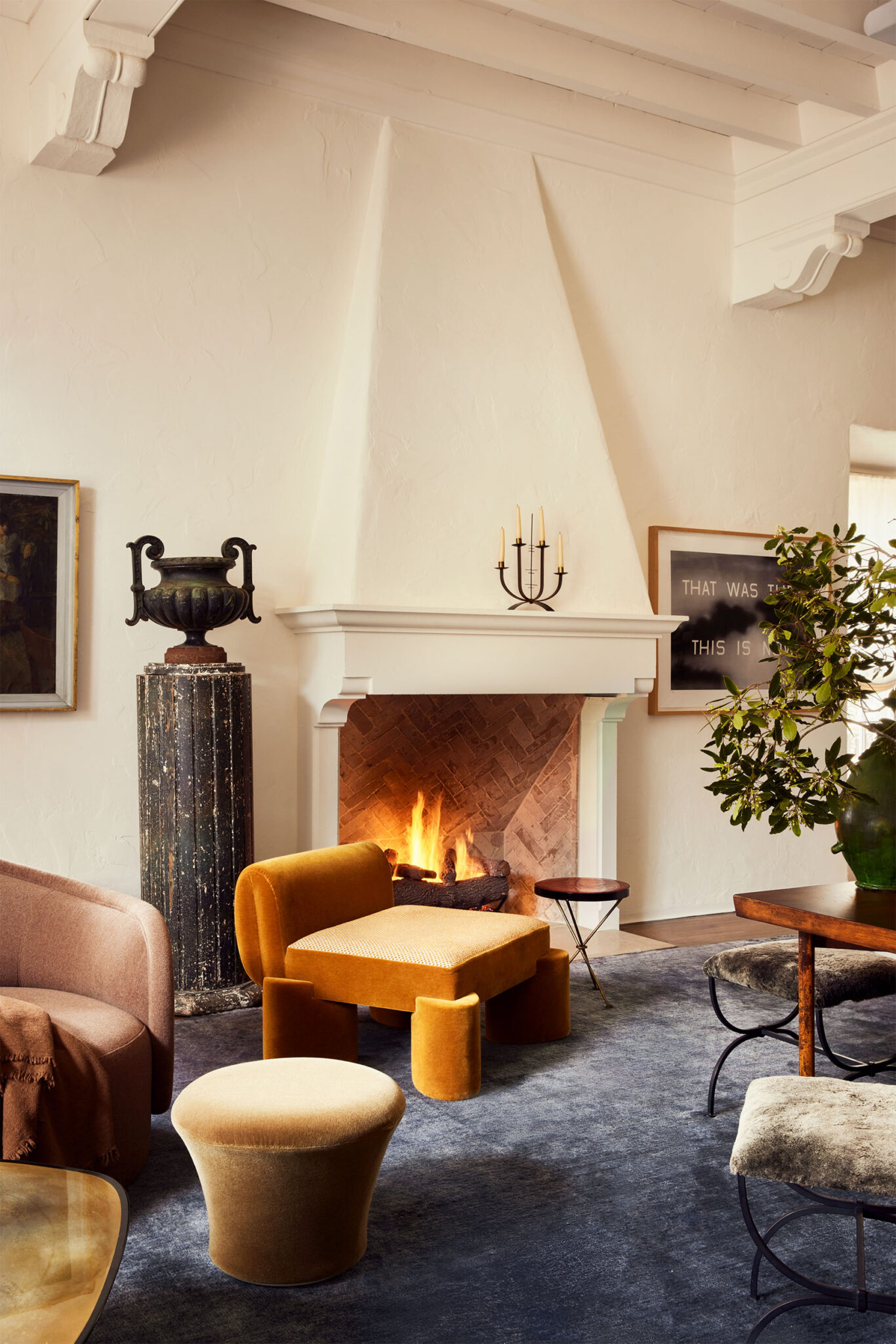
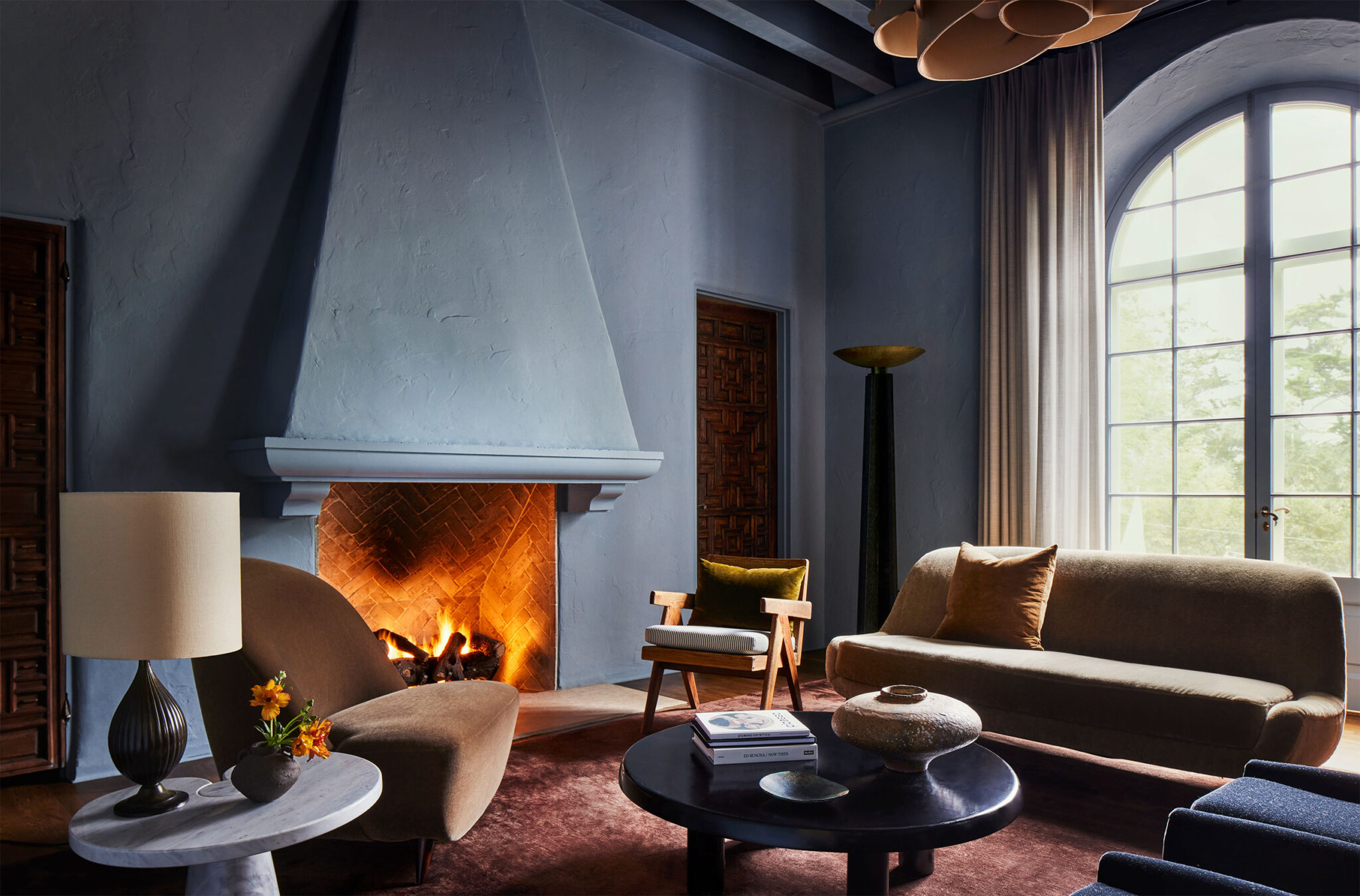
The designers drew inspiration from diverse sources, blending the playful, color-forward spirit of the 1980s Esprit brand with the refined modernism of Italian architect Carlo Scarpa. These influences are evident in the home’s cabernet-colored kitchen cabinets, 1970s Italian lighting fixtures, and a Royère-style sofa reupholstered in rich mocha fabric. This daring approach reflects the Robbinses’ willingness to explore new facets of their style. By balancing bold choices with timeless elements, the home strikes a perfect harmony between history and innovation.
The Robbinses’ Montecito residence marks the culmination of their longstanding collaboration with Berkus and Brent. Over the past decade, the designers have elevated the family’s aesthetic and guided them through an evolving design journey. This American Design Project is a testament to their shared vision, showcasing how creativity and collaboration can bring a space to life. For Tracy and Brian, the home is more than just a place to live — it reflects their growth and evolving tastes. The designers’ ability to merge the family’s individuality with bold design elements ensures that every corner of the home tells a story.
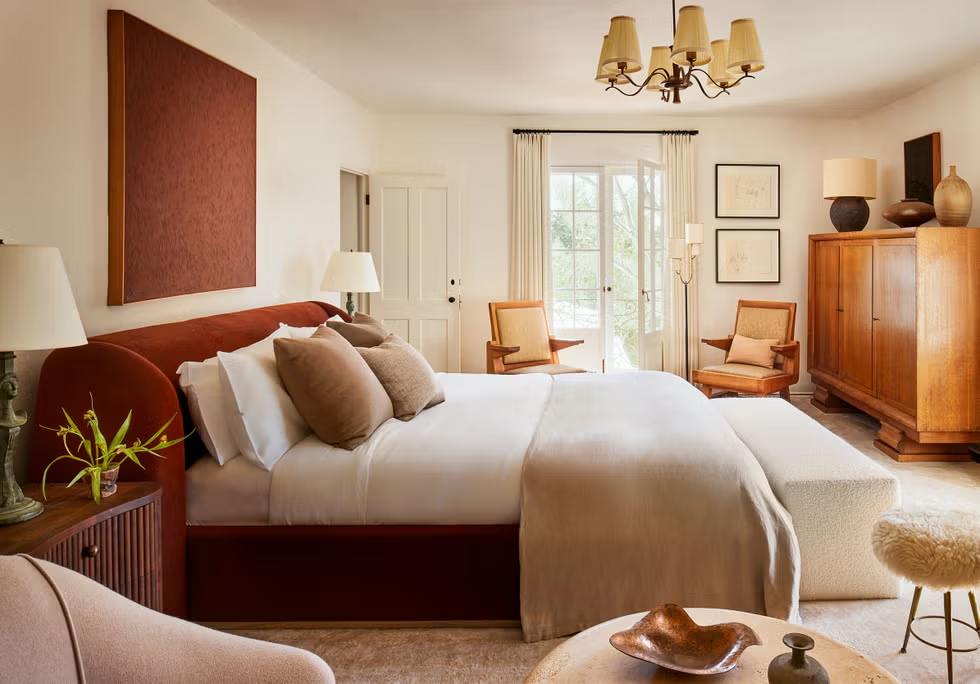
The project highlights transformation and innovation in interior design, aligning seamlessly with the Lunarys Center Table from HOMMÉS Studio. This piece embodies the essence of the American Design Project, merging organic forms with a refined finish that pays homage to tradition while embracing modern aesthetics — qualities that perfectly complement the Robbins family’s Spanish Colonial Revival home.
The Lunarys Center Table would complement the timeless elegance of this architectural style and add a contemporary artistic touch, enhancing the concept of a “living, breathing work of art”. Its ability to seamlessly merge tradition and innovation makes it an ideal centerpiece for anyone looking to transform their space with boldness and creativity, in line with the visionary spirit of the American Design Project.
What do you think about this American Design Project? Visit HOMMÉS Studio today to find furniture and decor that will elevate your space and help you create a home that’s as unique as you are. Let’s make 2025 the year your home truly comes alive with the interior design trends shaping the future of living spaces.
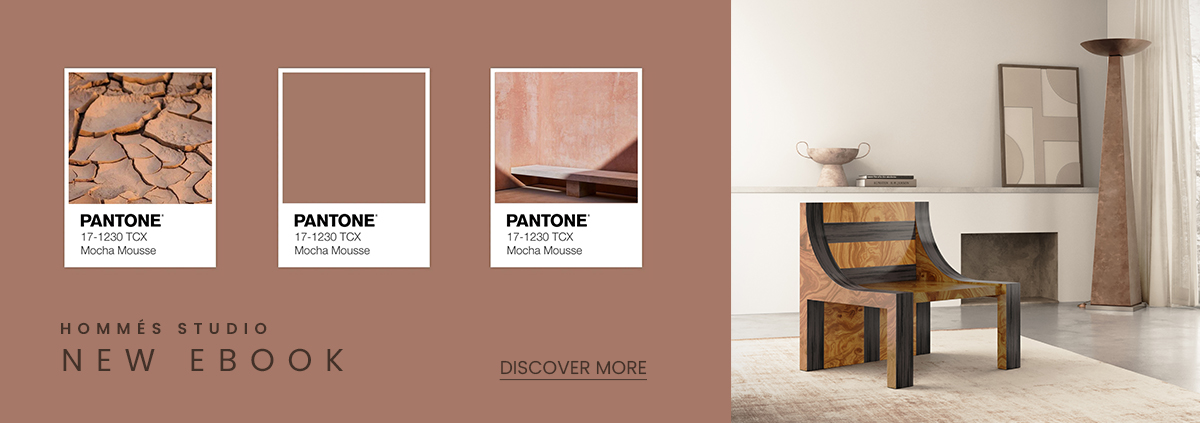
Source: Jeremiah Brent
